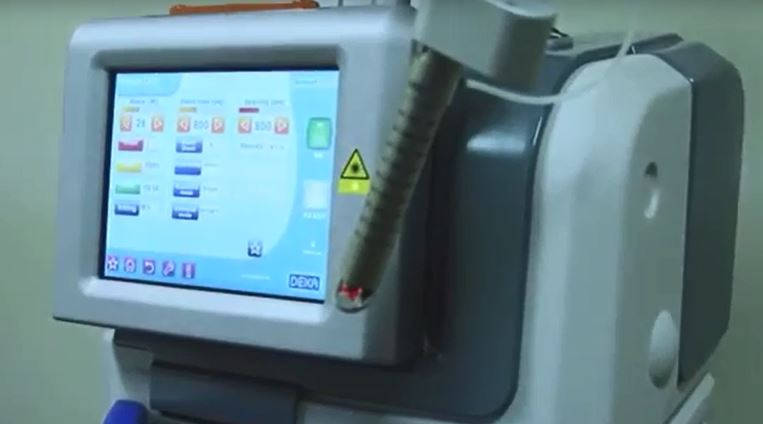A recent study (May 2016) titled ‘Fractional CO2 laser for vulvovaginal atrophy (VVA) dyspareunia relief in breast
cancer survivors’ has shown the MonaLisa Laser as an effective treatment for pain during sexual intercourse (dyspareunia) for women who are previous breast cancer patients and who are contraindicated for hormonal treatment.
Purpose
The aim of this study was to evaluate the efficacy of fractional CO2 laser therapy (MonaLisa Laser) in breast cancer survivors as a therapeutic method for vulvovaginal atrophy (VVA) dyspareunia (pain during and after sexual intercourse).
Methods
50 patients (mean age 53.3 years) underwent laser treatment for dyspareunia in oncological menopause (mean time of menopause 6.6 years).
The Gloria Bachmann’s Vaginal Health Index (VHI) score was chosen as system to evaluate the presence of VVA and its improvement after the treatment. Intensity of dyspareunia was evaluated using a visual analog scale (VAS).
Results
Data indicated a significant improvement in VVA dyspareunia (p < 1.86e−22) in breast cancer survivors who had undergone 3 sessions of vaginal fractional CO2 laser treatment.
Moreover, VHI scores were significantly higher 30 days post-treatment (T4) (p < 0.0001).
76 % of patients were satisfied or very satisfied with the treatment results. The majority (52 %) of patients were satisfied after a long-term follow-up (mean time 11 months).
No adverse events due to fractional CO2 laser treatment occurred.
Conclusions
The treatment with fractionated CO2 laser appeared to be a feasible and effective treatment for VVA dyspareunia in breast cancer survivors with contraindications to hormonal treatments.
